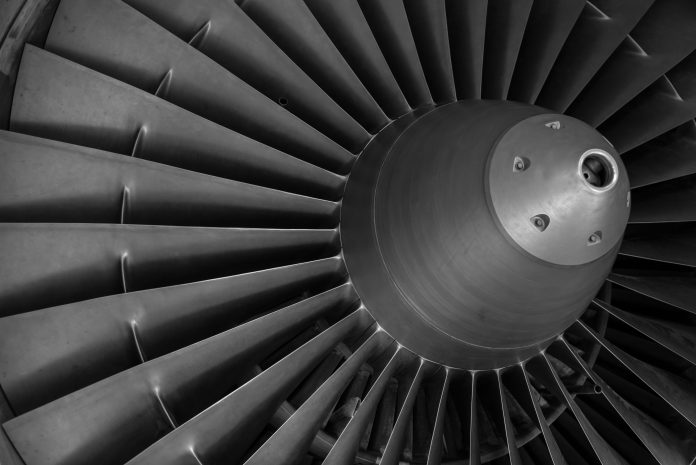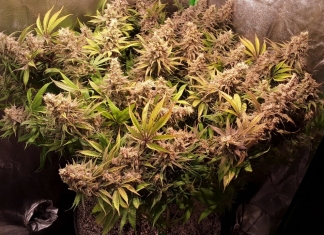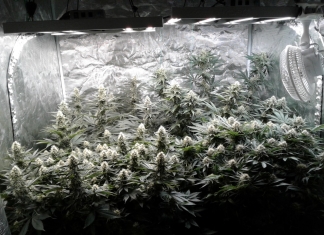Principles of effective ventilation
Many growers own fans powerful enough to move air of a city block in Manhattan, but has failed to install it properly, causing greater pressure reduction. This extra pressure drop is called the system effect or system dissipation, and can cause the fan to produce a smaller volume of air than indicated in the fan diagram.
The following factors must be considered in order to avoid system dissipation:
At the Inlet
- The distance to the nearest wall must be more than 0.75 the inlet’s diameter.
- The inlet duct’s cross section must not be greater than 112% or less than 92% of the fan inlet.
- The inlet duct’s length must be at least 1 x the duct diameter.
- The inlet duct must no have any obstacles to the air flow (dampers, branching or similar).
At the outlet:
- The angle at the reduction of the duct cross-section must be less than 15 degrees
- The angle at the enlargement of the duct cross-section must be less than 7 degrees
- A straight length of at least 3x duct diameter is required after a duct fan.
- Avoid 90 degree bends (use 45 degree)
- Bends must be shaped so that they follow the air stream after the fan.
If the connections are different from this, there could be a greater pressure reduction.
Circular duct fans for example, are propulsive, pushing the air. And should be installed so that the long duct is after the fan itself.













